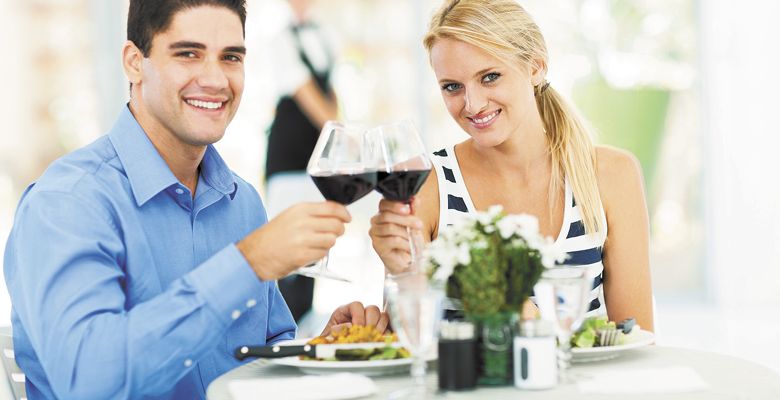Dining with Millennials
Generation Y looks for authentic experience
The year 2016 produced thought-provoking statistic: For the first time in history, Americans spent more money dining out than they did on groceries. In addition, USA Today’s article added how millennials drank 159.6 million cases of wine in 2015 alone — 42 percent of the wine consumed in the nation.
Rhonda Hammond, a professor and researcher — and certified sommelier — at Washington State University’s Carson College of Business, has examined millennials and their wine consumption preferences. She’s discovered some surprising stats.
“This particular group of consumers has a history of dining out more frequently than previous generations,” Hammond explained. “They eat in the car and dine out for most meals; they possess a high level of experience dining away from home.”
Although her study targeted restaurant wine purchases, the data extrapolates to additional situations. Through online surveys, Hammond determined three information sources millennials use when making wine list decisions: personal, impersonal and self.
The big take-away was that this generation — defined by the majority of demographers and researchers as those born in the early 1980s through the mid-1990s to early 2000s — craves authenticity and personal interaction as their main source of information. So, not wine apps but user-friendly wine lists and positive rapport with a knowledgeable waitstaff win here.
“I was surprised,” Hammond said. “I thought they’d want impersonal sources, but they want engagement with their server even though peer-influence is a big deal.
“It makes you think of the social aspects associated with food and wine,” she continued. “Those must be positive experiences to create return experiences. A solid wine list and a server who’s knowledgeable and can engage them (the diner) are still key.”
Authenticity is a word regularly used to describe millennial preferences. Hammond says, based on years of classroom observation, millennials behave differently from previous generations. She noted, on average, they appeared extremely protected growing up but nonetheless involved in family decision-making — possibly to the extreme of being a little overwhelmed with the ability to do and be a part of everything. Millennials expect the conviviality of sitting around a table, enjoying quality food and wine, in a place with its own story, surrounded by a few close friends, while forging deeper social connections.
Just as the millennial consumer maintains a high level of involvement with restaurant dining, they are more apt than generations before to have experienced a fair amount of personal travel, including internationally. As a result, they identify eating and drinking with discrimination. They lean toward premium food and drink, and authentic fare, recreating adventures they’ve experienced abroad.
A conundrum in this research, Hammond points out, is that millennials possess a high spending potential, but they consider themselves as poor — ergo, they dine out more but expect more from what they spend. They want to learn about wine, walk away with interesting tidbits they can apply to their next restaurant experience and categorize the expense as one adding value to their life.
Hammond makes a few concrete suggestions based on her findings:
- For establishments unable to afford an in-house sommelier, train waitstaff with regular wine tastings, so they’re knowledgeable in the aromas and flavors, and able to offer food-pairing recommendations. Overlook the fact that wine is one of the highest line items on the payroll. If the waitstaff is not confident enough in the restaurant wine list to engage with the millennial consumer, that customer will not return.
- If an educated waitstaff is still not an option, present an informative wine list with a strong wine-by-the-glass program. Make the list fun, maybe even cheeky, with several food-pairing options for each glass and bottle selection, and notes about the region — i.e. traditional cuisine from that area and why the notes of that wine translate better to certain dishes.
- Millennials would rather talk about wine than read about it in magazines. Find creative ways to engage with millennials regarding wine, and you win a customer who will share their positive experience with friends.
“I’m big on training,” Hammond said. “If I were in those shoes again, working in the industry, empowering my employees with knowledge and training so they can provide experiences that I want my customers to have, regardless of generation, would be my priority. Right here, the millennials are saying ‘I’m going to lean on the wine list first, but I want to engage with the staff in my decision-making.’”
When not writing about wine, travel and business, Viki Eierdam can be found walking around Battle Ground, Washington, with her husband and two special-needs Australian shepherds, or hitting the road in their RV. Connect with her at www.savorsipandsojourn.com.











